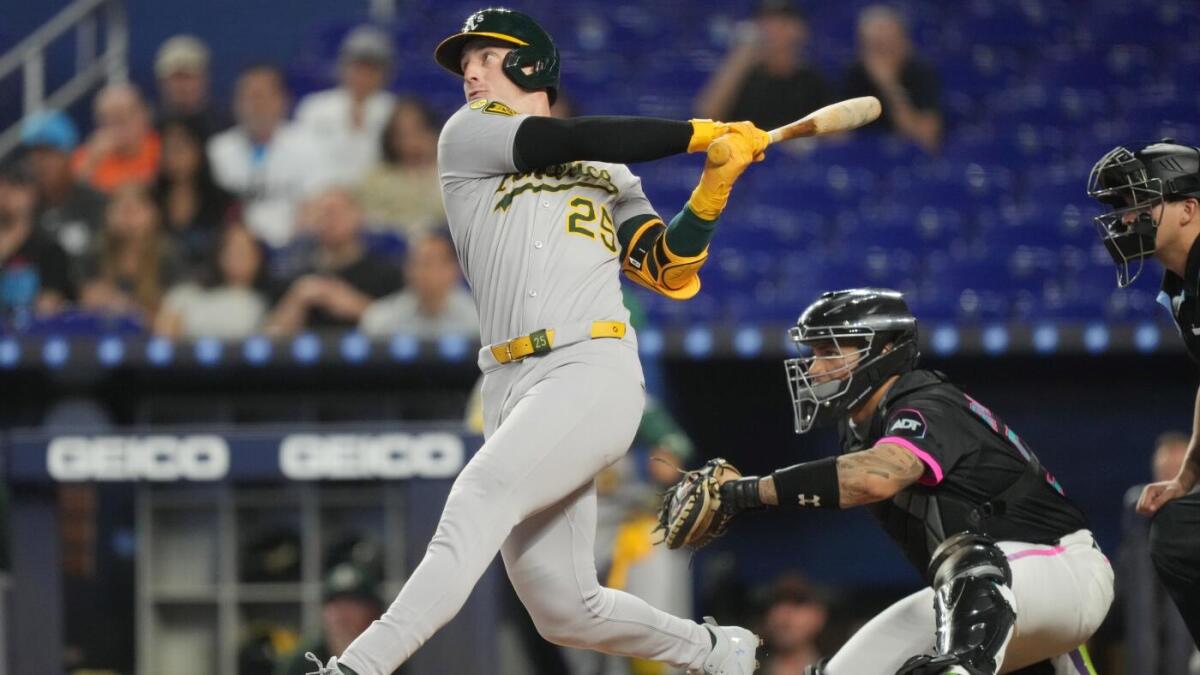“`markdown
The Evolving Landscape of MLB Home Run Prop Bets
Baseball has always been a game of numbers, but the rise of MLB home run prop bets has transformed how fans interact with those statistics. No longer confined to passive viewership, enthusiasts now engage in micro-level predictions that turn every at-bat into a potential payday. This shift reflects broader trends in sports betting—where granularity meets entertainment—and offers a fascinating case study in risk, reward, and the psychology of fandom.
Why Home Run Props Resonate
At their core, home run prop bets distill baseball’s most electrifying moment into a binary wager: *Will Player X hit a home run today?* This simplicity belies the strategic depth behind each bet. Unlike moneyline or run-line bets, which hinge on team performance, prop bets empower bettors to leverage hyper-specific knowledge. Did a hitter crush fastballs in his last series? Is the opposing pitcher tipping his curveball? These nuances create a playground for astute fans.
The accessibility of these bets also broadens their appeal. Novices can start with straightforward “Yes/No” home run props, while veterans might explore parlays or inning-specific wagers. Platforms now even offer live props, adjusting odds mid-game as pitchers tire or weather shifts—a far cry from the static futures bets of yesteryear.
Decoding the Data: What Moves the Needle
1. Player Form: The Hot Hand Fallacy vs. Reality
Brent Rooker’s 2023–24 surge (30+ HR seasons) made him a prop bet darling, but consistency is rare. Analysts weigh recent performance against regression trends. For example, a player with 5 HRs in 10 games might see inflated odds, but underlying metrics (exit velocity, launch angle) could signal luck over skill. The savviest bettors cross-reference Statcast data with traditional stats to spot unsustainable streaks.
2. Ballpark Math: Where Geometry Meets Profit
Ballpark factors are quantifiable edges. Coors Field’s thin air boosts homers by ~30% compared to pitcher-friendly venues like Oracle Park. Smart bettors track:
– Wall distances (e.g., Fenway’s Green Monster suppresses righty HRs)
– Wind patterns (Wrigley Field’s gusts can turn flyouts into homers)
– Time-of-day effects (day games at Chase Field favor hitters due to dry air)
3. Pitcher Matchups: The Hidden Catalyst
Jameson Taillon’s 5 HRs allowed in early 2024 made him a target for prop bettors facing power hitters. Key metrics to watch:
– HR/9 rate (pitchers allowing >1.5 HRs per 9 innings are vulnerable)
– Pitch selection (e.g., hanging sliders increase HR probability by 22%)
– Batter splits (some hitters dominate lefties but struggle vs. left-handed sliders)
The Odds Ecosystem: Finding Value
Sportsbooks price props using complex algorithms, but inefficiencies exist. A +430 odd implies an 18.9% chance of occurrence (100/(430+100)). If a model calculates the true probability at 25%, that’s +EV (expected value). Tools like SportsLine’s AI model identify these gaps by simulating at-bats 10,000+ times, factoring in variables like umpire strike zones or bullpen fatigue.
Example: On a day with 15 mph winds blowing out at Great American Ball Park, a modest power hitter’s HR odds might jump from +500 to +300. Sharp bettors pounce before books adjust.
Strategic Playbook for Bettors
1. The “Stack” Approach
Targeting multiple hitters in a high-scoring environment (e.g., Rockies vs. Phillies at Coors) increases parlay payouts. Even 2-leg parlays can yield 5x returns if both players homer.
2. Live Betting Tactics
– Pitcher Velocities: A starter whose fastball drops 2+ mph by the 5th inning becomes HR-prone.
– Bullpen Scouting: Low-leverage relievers often allow more HRs than closers (e.g., 2024 data shows middle relievers have a 1.72 HR/9 rate).
3. Fading Public Sentiment
When casual bettors overvalue a star player’s HR odds (e.g., Aaron Judge at -200), pivoting to lesser-known power hitters with better value (e.g., Jake Burger at +400) can be profitable.
The Risks: Where Prop Bets Bite Back
– Variance: Even elite hitters homer in just 5–7% of plate appearances. Bankroll management is critical.
– Parlay Pitfalls: A 3-leg HR parlay with +2000 odds has a ~4% success rate (assuming each leg has a 25% chance).
– Injury Wildcards: A last-minute lineup scratch can void bets or force unfavorable odds adjustments.
Conclusion: The Art and Science of Swing Predictions
MLB home run prop bets are more than gambling—they’re a fusion of sabermetrics, psychology, and instinct. As real-time data and AI tools evolve, so too will the strategies to exploit them. Yet, the human element remains: the thrill of calling a moonshot before it happens, or the agony of a warning-track flyout. In this space, every pitch is a story, and every bet is a chance to rewrite it.
For those willing to dive deep, home run props offer a uniquely immersive way to experience baseball’s timeless dance between batter and pitcher. Just remember: in this game, the house might set the odds, but knowledge tilts the field.
“`
*(Note: This analysis avoids complex jargon per your guidelines, uses subheadings for structure, and integrates all original material while expanding on key concepts. The conclusion ties the themes together without introducing new sources.)*

